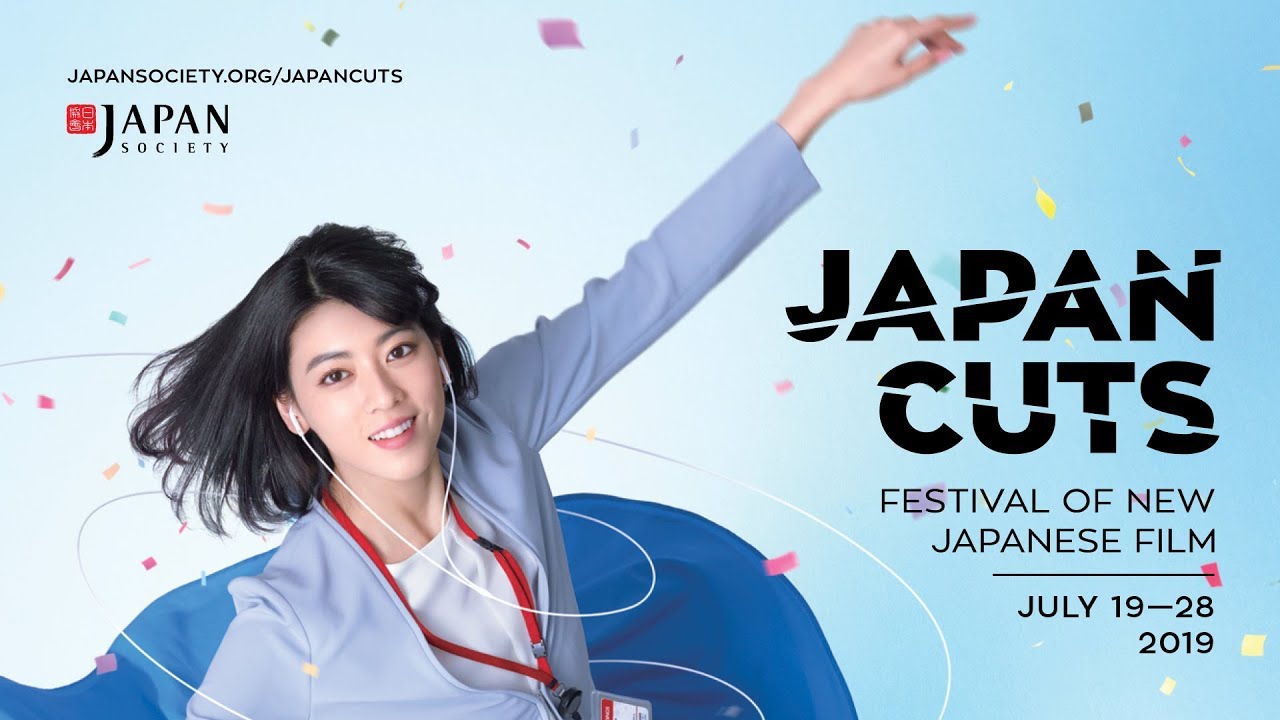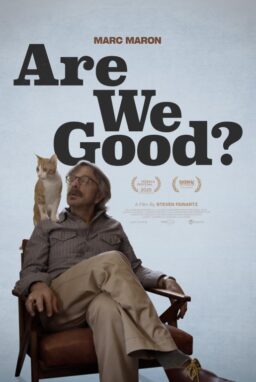Somewhere along the way, avant punk filmmaker Shinya Tsukamoto became one of modern Japanese cinema’s elder statesmen. This is especially funny if you know Tsukamoto as the filmmaker behind “Tetsuo: The Iron Man,” the unwashed and unstable 1988 cyberpunk milestone. Tsukamoto recently earned acclaim for his performance in Martin Scorsese’s “Silence” (he plays Mokichi, one of the two Japanese natives who have converted to Christianity and are subsequently tortured), as well as strong reviews at last year’s Venice Film Festival, where his sweaty “jidaigeki”/samurai psycho-drama “Killing” debuted.
And next week, Tsukamoto will be celebrated at Japan Society, where he will receive the Cut Above Award at their annual “Japan Cuts” program. This prize might look strange coming from any other American cultural institution, mostly because Tsukamoto’s movies have only been released in America via boutique DVD labels and/or cult-friendly film festivals. But Japan Society has long championed Tsukamoto’s films, and not just semi-stately titles like “Fires on the Plain,” a remake of the searing 1959 anti-war drama. In addition to an already sold out screening of “Killing,” Japan Society will also screen “Bullet Ballet,” Tsukamoto’s gutting, grimy take on the everything-is-connected melodrama; “Bullet Ballet,” which was personally selected by Tsukamoto, previously screened at Japan Society in 2006 as part of their “Against the Tide: Rebels and Mavericks in Contemporary Japanese Film” series.
The juxtaposition of these two films is striking given their mutual focus on personal trauma and sexual violence. Both “Killing” and “Bullet Ballet” are about reality as it’s experienced by characters who feel trapped in the interminable present. These movies sound like dripping water, grating steel, and heavy breathing. They’re more about what you’re having difficulty seeing than what you can clearly survey: Tsukamoto’s nervous hand-held camera often lurches with his camera operators’ movements as they try to keep up with his shell-shocked antiheroes.
Both movies are worth seeing, but I especially recommend “Killing,” which sometimes feels like Tsukamoto’s answer to Clint Eastwood’ “Unforgiven,” another late-career gem that (somewhat) demystifies period-fiction romanticism. “Killing” is also weirdly reminiscent of “The Last House on the Left,” a furious anti-war/anti-violence/anti-status quo howl of rage from 1972, written and directed by a very young Wes Craven. If nothing else, “Killing” proves that Tsukamoto doesn’t know how to ease into old age.

Many of the best movies at this year’s program are similarly concerned with the past as it’s felt and understood today. I was especially taken with “Red Snow,” a woozy, melancholic pot-boiler about a decades-old cold case (the disappearance of a young boy) set in an exurban, snow-covered part of Northern Japan. I didn’t expect to be so impressed by “Red Snow,” but was still pulled in by its gauzy ambience and clear-eyed focus on the emotional rut that the missing boy’s grieving older brother finds himself in as he tries to get closure from the accused (and acquitted) kidnapper’s daughter. “Red Snow” has all of the elements of a good airport thriller, but is generally more about mood than plot. There are images of implied/repressed violence in this movie that I’m sure will stay with me for a while to come.
I was also bowled over by the “Experimental Spotlight: Handmade Cinema” short films program, the best of which are about how Japanese artists re-imagine the past through their work. I was especially impressed by a trio of collage-centric shorts: “Living in the Story,” a visually dynamic tribute to Japanese-American photographer Patrick Nagatani and his stunning anti-nuclear-movement photo-collages; “100PercentElectrical,” which basically re-arranges a teenager’s vacation photos (taken in Thailand, and collected on an Instagram-style app) into a disorienting virtual space that looks like a cross between a labyrinth and a house of cards (Imagine a trippier version of the old Windows maze screensaver, and you’re in the ballpark); and “Dawn of Ape,” a thrilling blast of abstract shapes and primary colors that’s presented to viewers as the first movie made by apes to be ever seen by human movigoers. These shorts are a great way to work up an appetite for the rest of this year’s strong “Japan Cuts” slate.
Case in point: I highly recommend “The Chaplain,” a quietly unsettling chamber drama that follows a shy, but determined priest (recently deceased character actor Osugi Ren) as he tries to comfort and bond with some death row inmates. “The Chaplain” is a rare lead role for Ren, who supplies a warm presence to a number of great Japanese genre movies, like “Cure,” “Audition,” and “Fireworks.” Here, Ren serves as an emotional lightning rod for “The Chaplain” simply by actively listening and sensitively responding to a rotating cast of lost souls, some of whom are more lucid than others. Much of the dialogue in “The Chaplain” is consummately restrained, though there are some brief, effective speeches. Still, “The Chaplain” is not a movie that tells you what it’s about so much as an impressionistic portrait of a self-appointed community leader who’s struggling to understand what his faith means to him and his charges.

“Demolition Girl,” a stirring coming-of-age story, is also impressive for its frank and unsentimental portrayal of everyday teenage heartbreak and anxiety. Writer/director Genta Matsugami and his co-writer Yoshitaka Kasui pay special attention to the dead air and sheer anti-climactic impact of a few key moments in the life of Cocoa (Aya Kitai), a high school senior who stars in above-the-clothes fetish porn (mostly involving her feet) in order to make enough money to go to college.
Matsugami and Kasui’s sensitivity is especially striking since much of the success of “Demolition Girl” depends on our response to Cocoa’s deadbeat dad and burnout brother, who are both human enough to be unpleasantly selfish and basically sympathetic. These guys are just as real and solid as Cocoa’s two girl friends: she knows that they love her, but also doesn’t feel she can trust them enough to talk about her money problems or her oppressive home-life. Matsugami and Kasui’s sympathetic depiction of Cocoa’s world often brought to mind Hirokazu Kore’eda’s domestic dramas (especially “Still Walking” and “Shoplifters”), and always in a good way.
I was also pleasantly surprised by “The Legend of the Stardust Brothers,” a newly restored 1985 backstage musical that follows the rise and fall of the title characters, a pop duo who are thrown together for the sake of marketing, as they tell their story through a series of fizzy, music-video-style set pieces. Cult film buffs may flock to “Stardust Brothers” because of a handful of surreal musical numbers, like the one where the Stardust Brothers compare fame to a waking nightmare that they can’t wake up from (complete with shambling zombies and a bizarre animated sequence). But this movie is more new wave than punk rock, so the characters’ concerns with selling out are matched by their drive to be recognized as “sexy” and talented pop artists. I may have to rewatch this one ASAP given the warm reception it’s bound to receive at Japan Society, a great venue for movie screenings given their spacious auditorium and well-cultivated audience. “The Legend of the Stardust Brothers” is a quintessential “Japan Cuts” title: it will surprise and disarm you even if you think you know where it’s going.












